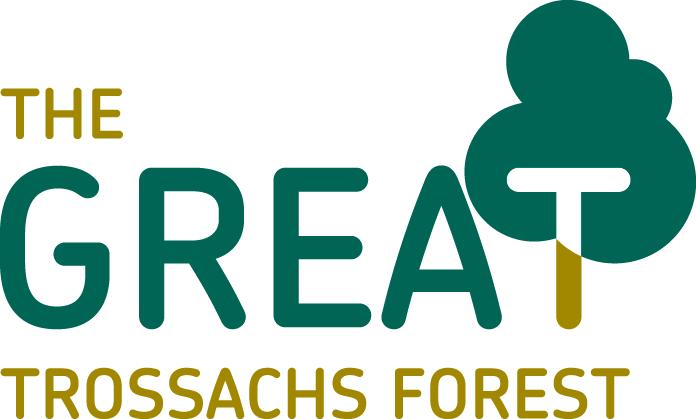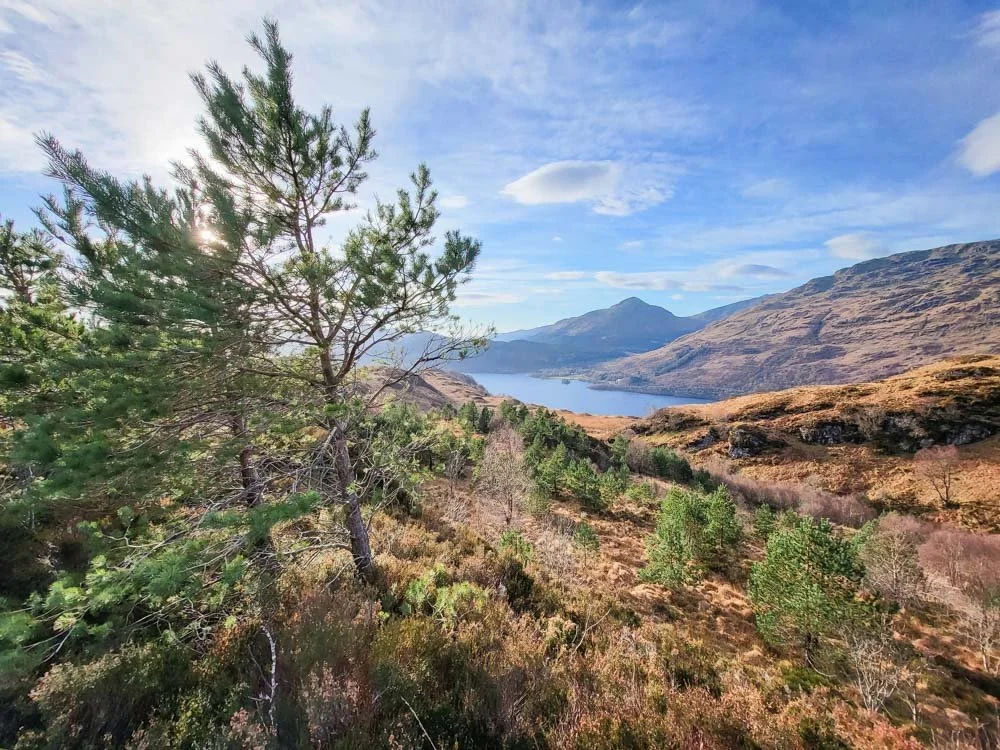
Tree planting and Natural Regeneration
In the past 15 years, approximately 3,000 ha of woodland has been created through planting and natural regeneration. Planting can be useful where there is little natural seed stock within the ground, or there are specific tree species requirements. Natural regeneration can give more erratic results and take longer to establish, but is a low intensive method which usually produces resilient trees able to adapt better to disease or changing climate.
Over the 200-year project lifetime, the landscape will be transformed, returning heavily grazed land and plantation forestry to a more natural and dynamic mix of habitats. New native woodland is being created, with planting of oak, alder, ash, birch, willow, hazel, juniper and Scots pine in planned locations, and regeneration of native species encouraged in others.
Working across partnership boundaries allows the Great Trossachs Forest to link woodland creation across vast areas, maintaining woodland connectivity over an area the size of greater Glasgow. Along with the existing woodlands, this will result in a landscape-scale forest, containing a range of woodland types each with its own character. The nature of these woodlands depends on the altitude, climate and soil conditions and will expand and contract naturally over time.

